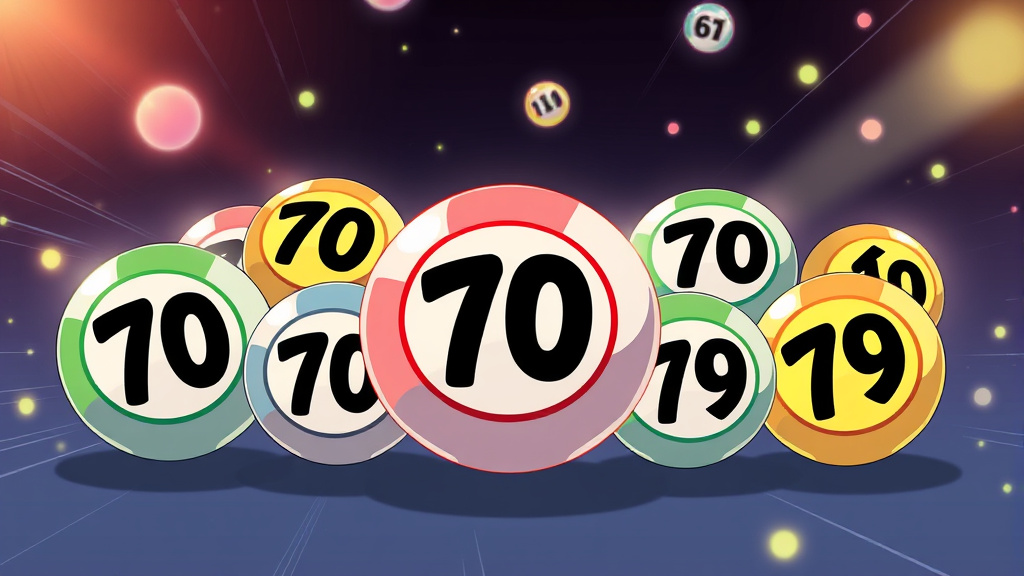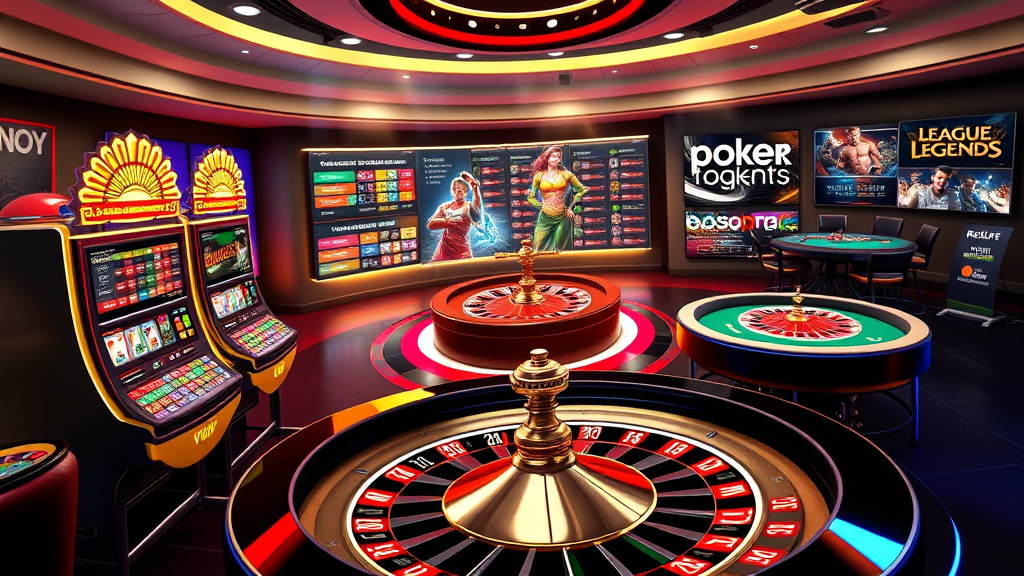Discover the intriguing universe of R-rated manga, a realm where artistry meets taboo, and boundaries are constantly challenged. This genre pushes the conventional norms of manga, offering a mix of provocative themes, complex character psychology, and daring narratives. While it attracts a dedicated audience eager for mature storytelling, it also faces considerable skepticism and censorship. This comprehensive exploration aims to shed light on the many facets of R-rated manga—what makes it so compelling, the controversy surrounding it, and its impact on the wider media landscape.
Main Keyword: R-rated manga
The Allure and Controversy of R-Rated Manga
R-rated manga stands at the crossroads of artistic freedom and societal boundaries, embodying a genre that’s both captivating and contentious. On one hand, these works often boast unparalleled level of sophistication, with nuanced stories, detailed art, and themes that challenge mainstream values. They appeal to readers seeking representations of adult experiences, complex emotional struggles, and unfiltered aspects of human nature. On the other hand, this genre sparks heated debates over morality, censorship, and the line between expression and exploitation.
The controversy surrounding R-rated manga is multi-layered. Critics argue that such works can cross ethical boundaries, especially when depicting sensitive or explicit content involving minors or non-consensual acts. Meanwhile, advocates assert that censorship stifles creative expression and suppresses important conversations about sexuality, psychology, and society’s taboos. Hence, the allure lies not only in its provocative nature but also in its ability to challenge societal norms and provoke debate about artistic liberty.
 Hình minh họa: r rated manga – new manhwa
Hình minh họa: r rated manga – new manhwaExploring Mature Themes in Manga: A Deep Dive
At the core of R-rated manga are mature themes—topics that resonate with adult audiences and demand a nuanced approach. These themes include sexuality, violence, psychological trauma, moral ambiguity, and complex relationships. Artists leverage these subjects to explore the depths of human experience, often portraying characters in morally gray situations that invite reflection about societal norms and personal ethics.
Delving deeper, many R-rated manga narratives serve as social commentaries, highlighting issues like power dynamics, abuse, mental health struggles, and existential dilemmas. They often blur the line between reality and fiction, fostering uncomfortable but essential dialogues. Analyzing these themes reveals manga’s potential as a vehicle for introspection and societal critique, challenging audiences to confront uncomfortable truths beneath their entertainment façade.

Beyond the Boundaries: Understanding R-Rated Manga's Appeal
What makes R-rated manga so magnetically appealing? Beyond its explicit content, the genre’s strength lies in its bold storytelling and artistic freedom. Many fans are drawn to its raw honesty, as it often defies sanitized portrayals prevalent in mainstream media. These works provide an outlet for exploring taboo subjects that society prefers to avoid, giving voice to diverse perspectives and authentic human emotions.
Furthermore, the appeal extends into the realm of psychological depth—complex characters grappling with personal demons, social alienation, or moral dilemmas. Some readers also appreciate the aesthetic daring of these manga—meticulous detail, experimental art styles, and daring narrative structures. This genre gives artists an expansive canvas for innovation, challenging conventional manga stylistics and storytelling methods. Its allure is thus a mix of the provocative and the profound.
A Guide to Navigating the World of R-Rated Manga
Navigating R-rated manga can be daunting for newcomers, given the range of content and the varying degrees of explicitness. It’s essential to approach this genre with a clear understanding of personal boundaries and legal considerations, particularly in different regions with strict censorship laws. Many platforms and publishers classify and label such works, aiding consumers in making informed choices aligned with their comfort levels.
For those interested in exploring R-rated manga responsibly, starting with well-known, critically acclaimed series can be a good entry point. Engaging with online forums, reading reviews, and understanding content warnings help to navigate the landscape thoughtfully. Remember, these manga are designed for mature audiences, and sensitive material should be approached with respect and awareness of one's mental and emotional limits. Responsible exploration ensures appreciation of their artistic and thematic depth without unnecessary discomfort.
The Artistic Expression and Taboos of Mature Manga
The artistic expression found in R-rated manga often pushes boundaries not just in storyline but also in visual presentation. Artists employ innovative techniques—altering panel layouts, experimental shading, and unconventional character designs—to evoke feelings and emphasize themes. Such bold stylistic choices often reflect the raw, unfiltered nature of the content, enhancing emotional impact and immersing the reader more deeply into the narrative.
This genre also tackles societal taboos head-on, challenging viewers’ perceptions of morality and decency. Art becomes a medium for uncomfortable truths—subverting censorship and questioning societal repression. This confrontation with taboos serves both as an act of rebellion and a form of social commentary. The willingness of manga creators to depict uncomfortable truths exemplifies their commitment to authentic storytelling and artistic freedom.
R-Rated Manga: Censorship, Regulation, and Fan Perspectives
Censorship remains a contentious issue in the world of R-rated manga. Many countries impose strict regulations, often obscuring or banning explicit content entirely. This creates a divide between creators pushing artistic boundaries and authorities aiming to protect societal morals. While some argue censorship stifles creative expression, others believe it’s necessary to prevent exposure to harmful material.
Fan perspectives are equally diverse. Supporters applaud the genre for its honesty, artistic innovation, and storytelling daring, often viewing it as a necessary counterpoint to sanitized mainstream media. Opponents, however, criticize it for potentially promoting harmful stereotypes or cross-border exploitation. Combining these perspectives highlights an ongoing global debate about the limits of freedom of expression versus societal responsibility—a dialogue that continues to evolve alongside the genre itself.
Examples of Influential and Controversial R-Rated Manga Series
Several R-rated manga series have left a lasting impact on fans, critics, and cultural conversations. For example, Berserk is lauded for its dark fantasy, brutal violence, and psychological depth—though it also sparks debates on graphic content and moral themes. Hentai Prince and the Stony Cat explores taboo relationships with provocative storytelling and artistic daring, while Princess Knight subtly challenged gender norms through its mature themes.
Controversial titles like Kodomo no Jikan and Midori highlight the genre’s darker side—portraying morally ambiguous or ethically questionable scenarios. These series often trigger debate about artistic responsibility, censorship, and freedom of expression. Despite their controversial nature, they exemplify the genre’s capacity for pushing boundaries and challenging societal conventions, often sparking conversation long after the final page is turned.
The Psychological Impact of Mature Content in Manga
Exposure to mature themes in manga can have significant psychological effects—both positive and negative. For some, these works serve as catharsis, helping process trauma, loneliness, or identity struggles through empathetic narratives. They can foster deeper understanding, acceptance, and the normalization of complex emotions and experiences.
Conversely, excessive or exposure to highly graphic or disturbing content may cause adverse effects such as anxiety, desensitization, or emotional turmoil. It’s critical for consumers to critically assess their mental state when engaging with R-rated manga and establish healthy boundaries. For creators, offering nuanced, thoughtful portrayals can facilitate reflection and empathy rather than exploitation. Recognizing this dual potential underscores the importance of responsible consumption and creation within the genre.
R-Rated Manga and Its Influence on Other Media
The influence of R-rated manga extends far beyond the page—impacting anime adaptations, video games, and Western comic culture. Notable anime adaptations of mature manga bring these themes to a global audience, often sparking conversations about censorship, artistic expression, and cultural differences. Western media also absorb elements from these series, shaping mature storytelling in comics, films, and interactive entertainment.
This cross-pollination enriches the broader media landscape, inspiring creators to explore deeper, darker narratives. It pushes the boundaries of what is acceptable in popular culture and encourages dialogue about societal taboos and human psychology. As these influences grow, they challenge industry standards and expand the narrative scope of mainstream entertainment, emphasizing the importance of artistic integrity and creative risk-taking.
Where to Find and Enjoy R-Rated Manga Responsibly
Finding R-rated manga requires a conscious approach—only through reputable sources and legal channels can one enjoy these works ethically. Digital platforms like MangaPlus, BookWalker, or specialized publishers provide access while adhering to legal and ethical standards. Supporting creators through these platforms helps sustain the genre and ensures that content meets safety and legal requirements.
Enjoyment also entails respecting content warnings and understanding personal comfort levels. Engaging with online communities can offer recommendations, reviews, and discussions to deepen understanding. Critical awareness and responsible consumption are crucial in fostering an environment that respects artistic freedom while acknowledging boundaries. Such mindful engagement ensures that R-rated manga remains a vibrant, innovative, and socially conscious facet of manga’s diverse universe.
Conclusion
R-rated manga occupies a complex space in the world of artistic expression—one defined by its bold narratives, controversial themes, and artistic innovation. It offers a mirror to society’s taboos and truths, challenging audiences with raw honesty and moral ambiguity. While facing censorship and societal debates, it also enriches cultural landscapes, influencing other media forms and fostering critical conversations about morality, freedom, and human nature. As it continues to evolve, responsible engagement—through awareness, respect, and support—will be crucial in preserving its integrity and artistic value, ensuring that the shadows cast by R-rated manga illuminate rather than obscure the dialogues essential to understanding ourselves and our society.





